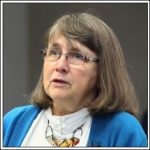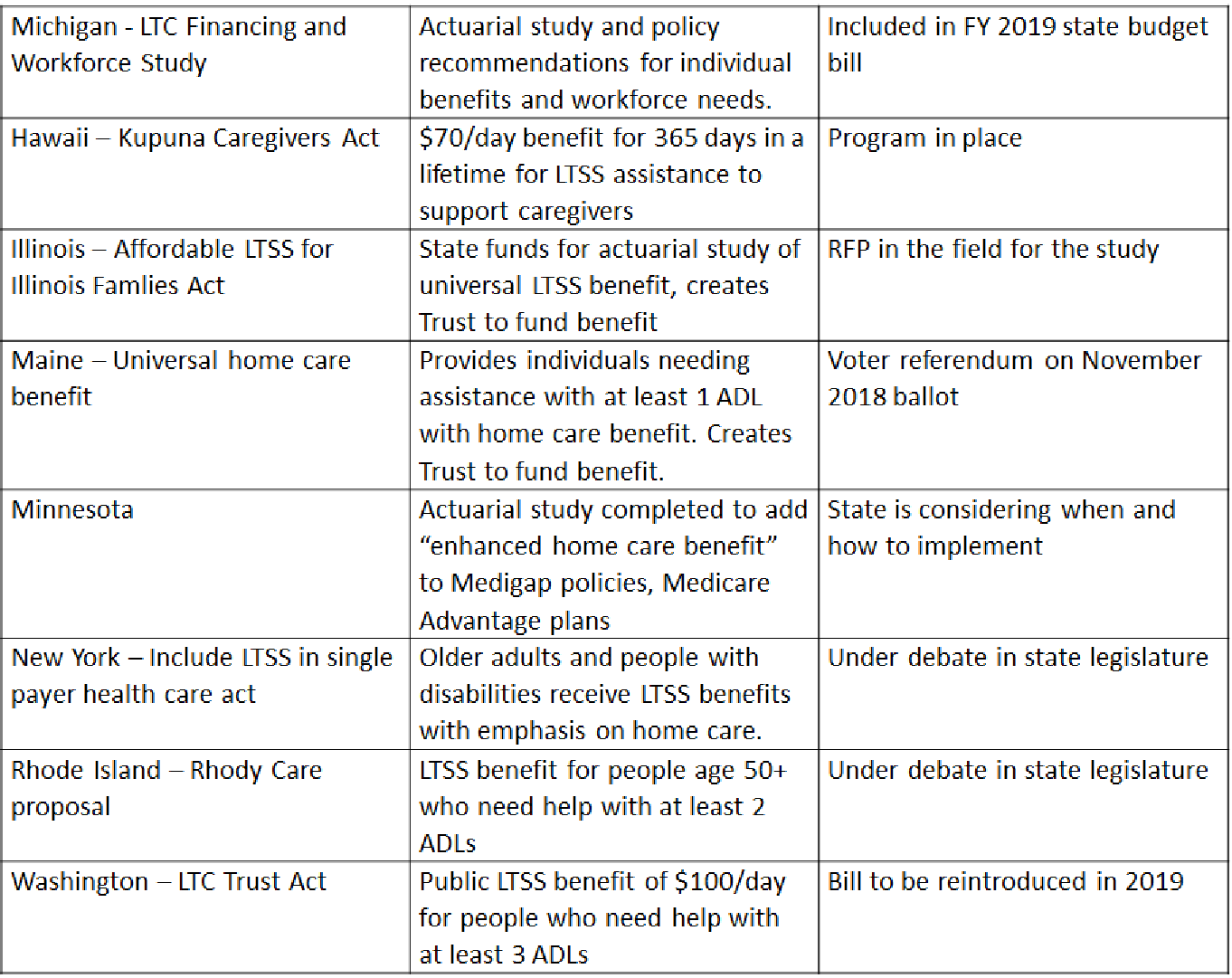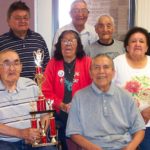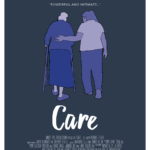
Dr. Joanne Lynn, MD
By Joanne Lynn
“Starting in 2020, we are going to be expanding that range of [Medicare Advantage] benefits…to include home modifications, home-delivered meals, and more.” — Alex Azar, Secretary of HHS [The Root of the Problem: America’s Social Determinants of Health, November 14, 2018, as prepared for delivery]
Aha! Medicare leadership is awakening to the fact that elderly people living with disabling conditions need comprehensive care that includes supportive services. Without those, frail elders run up unnecessary expenses for Medicare, particularly when the only way to get help is to go the emergency room. People who can’t get out and about need nutritious food delivered to their homes – and we need homes where wheelchairs can get into the bathroom, and from which disabled persons can escape during an emergency. When we can’t take care of our daily needs, we need help with meals, hygiene and transportation. Virtually all of us will need this help for at least a couple of years if we live to advanced old age, for ourselves or for those we love and honor. There are sound ways we can provide for this through policy and adaptation of current care systems. One way is through newly expanded MA supplemental benefits which enable MA plans to offer partial coverage for long-term services and supports (LTSS).
The CHRONIC Act, part of the Bipartisan Budget Act of 2018, frees Medicare to start allowing MA plans to offer supplemental benefits in conjunction with a personal care plan in calendar year 2020, which requires that the proposals be submitted to the Centers for Medicare and Medicaid Services (CMS) by the end of June 2019. Already, MA plans that chose to submit bids for 2019 including some LTSS services may offer a narrower range of supplemental benefits to all with designated conditions in a particular county. In general, MA plans can choose to offer supplemental benefits if they decide they can do so for less than the capitation that Medicare is expecting to pay. In the past, these benefits have been limited to services that are tightly tied to health care, including eyeglasses, and diabetes supplies, and those services had to be available to all beneficiaries in the plan.
Secretary Azar and others are pleased to point out the merits of avoiding hospitalizations and skilled nursing facility stays for beneficiaries who can be served at lower cost with additional support “at home.” It’s a good thing for Medicare to take note of the urgent need for the basics of daily living – food, hygiene, clothing, shelter, socialization, and mobility. People who need help with these basics in old age also need caregiving, and Medicare is making efforts to help caregivers, for example, by redefining respite and in-home support services to be included in permissible supplemental benefits. In addition, policy changes should allow Medicare to help volunteer and paid caregiving by including requirements for reasonable training and support for communities providing adequate back-up for caregivers.
Gaps are Wide Today
Yet there is still more we must do. How is it that this prosperous country can publish a study of home-delivered food that randomized 626 people in 8 cities who were on waiting lists longer than 6 months, needing home-delivered food? The three groups received
(1) 5 meals delivered daily on weekdays,
(2) 5 frozen meals delivered each week, or
(3) nothing
(Thomas KS, Dosa D. More than a Meal Pilot Research Study: March 2015. at https://www.mealsonwheelsamerica.org/docs/default-source/News-Assets/mtam-full-report—march-2-2015.pdf ) How does it not count as a scandal that one-third of the study participants were left without food? Indeed, how does it not count as a scandal that the study could readily find 8 cities with more than 6 months waiting for home-delivered food?
MA plan supplemental benefits might help reduce the inadequate supply of supportive services, but there are risks to using medical care to address social needs. To start, getting housing through a physician has to be an expensive way to provide housing. Perhaps more important, who will get supplemental services in a capitated medical care system? Surely, it will be people who are likely to spend less on medical care if they have the services. These will be enrollees who have established a track record of high-cost medical care, or who are reliably predicted to do so. But over time, many people will realize that the way to get urgently needed LTSS services is to go to the emergency room a few more times. Perhaps before that, they will sign up for MA plans that have these supplemental services. Inadequate risk adjustment may therefore pose a risk of adverse selection for plans, while promoting perverse behaviors on the part of beneficiaries.
Even more troubling is the moral question of feeding (or housing or otherwise supporting) people mainly because they are costly, rather than because they are very much in need. Imagine two neighbors, Ida and Emma, both 90 years old, hearing-impaired and visually limited, and who use wheelchairs to get around their small apartments due to failing hearts and bad hips. Ida is very nervous about her health and has a physician whose response to any urgent call is, “Go to the ER.” She ends up in the hospital every few months. Emma, on the other hand, believes that things will take their course and you should only use a hospital when there’s something specific that hospital care can fix. Her primary care physician also serves the local hospice program and does house calls when needed. She hasn’t been in the hospital since having her last child 50 years ago. Indeed, she has not seen her physician for some years, relying instead on telephone advice from the office.
Both women live on Social Security at just above the Medicaid income eligibility threshold, and they juggle the cost of rent, pills, co-pays, heat, and food. Neither has family nearby and all their old friends have died. Recently, both of them have become sufficiently disabled that they cannot shop for food and can only heat things up in the oven or microwave. Is it really acceptable that the supplemental benefits from the MA plan ensures that Ida gets home-delivered food regularly, but Emma does not, and that Emma’s life may be shortened due to lack of good nutrition (and socialization, as the More than a Meal study showed)? We don’t calculate the impact of a deficit of supportive services at this point: Rather, earlier death is attributed to age and various maladies. Not acknowledged are the months Emma spends hungry and alone. This is poor care, and we need Medicare to take additional steps to address LTSS – both for enrollees of MA plans, and the millions of Medicare beneficiaries who prefer to be in the fee-for-service system or other non-MA care arrangements.
In addition to supportive services, good eldercare arrangements make physician coverage much more reasonable. Both of these ladies are likely to need ongoing personal care at some point. MA plans are not likely to provide more than short-term help with in-home aides – it is just too expensive and doesn’t save hospital care much. Instead, good care at home saves on nursing home care, but that is not covered by Medicare. Ida and Emma are therefore likely to end up spending down quickly to Medicaid and having to move from their homes to a nursing home (and giving up all but a pittance of their income). Even in states with managed Medicaid LTSS for elderly persons, those plans are often not the same as the MA plans, and concern for spending down and nursing home placement is not often a pressing concern for the MA plan.
Things are even more challenging when it comes to family support. What should we expect of family? What if Ida had multiple attentive family members willing and able to bring in food, help with household repairs, provide transportation, and so on – while Emma had only the grudging support of a small group of elderly relatives living some distance away? What if the situation is even more complicated by a history of abuse? This country has had little discussion of what can reasonably be expected of relatives or neighbors when a person becomes disabled and needs help.
Another major issue that is rarely spoken about is this: how can we account for the effects of our choices on our lifespans, given that survival is expensive once you need near-constant help from another person? This and family support are among the elephants in the room, with too little honest discussion to shape good public policy.
How can we adopt a more useful and accurate vision of what it takes to ensure adequate supportive services for all elderly people? One way to do this is to start with the simple premise that individual people have varying needs that evolve over time, and addressing them requires that they be connected to local entities that have a mission of addressing those needs. In other words, services must be organized to be adequate by geographic community. No physician can conjure up housing that is affordable and adapted for a disabled elderly patient if that sort of housing is not available in the area where that elder lives. If there is a long waiting list for home-delivered meals, there is virtually no opportunity to ensure that what a particular person needs can be met. No one physician, nurse or other provider, or family member or friend, can generate the trained workforce needed, or convince area employers to have flexibility to enable family caregiving.
To get a handle on whether a particular community has adequate service capacity, we need metrics that can gather information about and publicly display what a local system’s overall performance is vis-à-vis eldercare, and its ability to improve. We also need examples of governance arrangements that develop into entities that can take on the responsibility of monitoring and managing the performance of a local eldercare system. This entity needs data and the authority to prioritize the use of some resources.
Some MA plans could do this, for example in areas where an MA plan dominates the local health care market or where the various providers and payers learn to cooperate in the public interest of better eldercare. Under current policy, an initial “demonstration” phase could take place in designated counties where payers, providers, and civic leaders are willing to measure and monitor their eldercare system’s performance according to selected dimensions and are able to establish an entity that is charged with setting priorities and taking action. If we can get a dozen counties to test this approach, we can quickly learn what reliable and effective eldercare looks like, and how efficient it can actually be. In a locally driven framework, the new MA supplemental benefit availability would become part of achieving better eldercare across the community.










